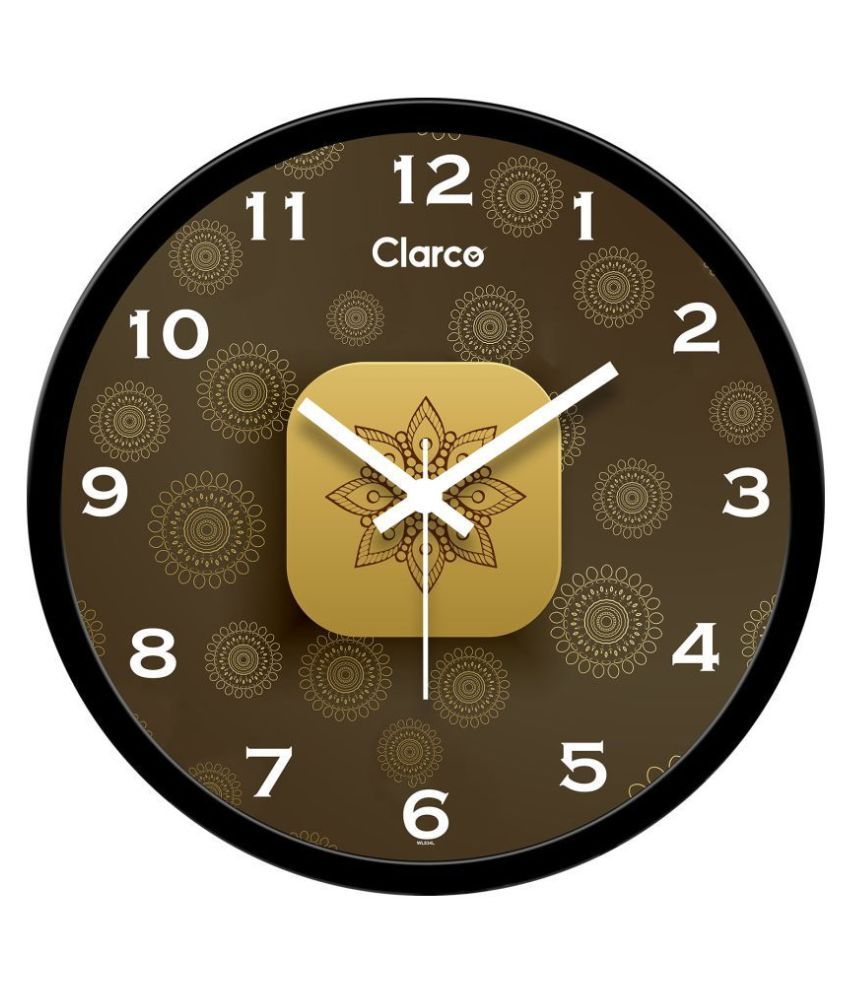

#CLOCKX X64 GENERATOR#
U31 is a Clock Generator IC that outputs the 8.1818MHz DOT clock on pin 6, and the 14.31818 MHz color clock on pin 8. « Crystal Y1 develops the fundamental 16MHz clock signal. The description in this case is much more simple: In later models of the C64 (starting from version B, PCB ASSY#250425 Schematic #251469) the above gets integrated into a single chip labelled 8701, designed and manufactured on purpose by MOS technology. This causes tracking of the dot clock and the color clock because one input, pin 3 of U32, is the phase 0 clock which is derived from the dot clock, and the other input pin 1 of U32, is derived from the color clock. The output of the Phase/Frequency Detector is applied to the frequency control input pin 2 of U31.
#CLOCKX X64 SERIAL#
The VIC IC divides the DOT clock by eight and outputs this as the phase 0 clock on pin 17. Serial data is read from a FIFO on the low-to-high transition of the read-clock (1RDCLK or 2RDCLK) input when the read-enable (1RDEN or 2RDEN) input and output. The second half of the Dual Voltage Controlled Oscillator U31 generates an 8.1818MHz clock signal called the DOT Clock. Palit GeForce GT 1030 NEC103000646-1082F 2gb 64bit Ddr4, Graphics Clock 1151MHz, HDMI, HD resolution, Gaming Videocard Product Specifications Brand: Palit. U32 is a Phase/Frequency Detector which compares the output of the U29 to the phase 0 clock, and outputs a dc voltage on pin 8 that is proportional to the phase difference between the inputs. U29 is a D flip flop which outputs a 1 MHz signal on pin 9.

U30 is a frequency divider that outputs a 2MHz signal on pin 6.

R27 can be adjusted to obtain exact output frequency. The output on pin 10 is a 14.31818 MHz clock signal called the color clock. U31 is a Dual Voltage Controlled Oscillator. « Crystal Y1 develops a 14.31818MHz fundamental frequency clock signal. This is valid also for the PAL version when the appropriate differences in the figures are considered.
#CLOCKX X64 MANUAL#
The service manual (march 1992 original from Commodore, part number 314001-03) explains the clock circuitry the following way, using an NTSC machine as a reference. That's why the VIC-II internally provides a clock divider which feeds the CPU. 1MHz, but the CPU still needs to be phase synchronous to the VIC-II because they share control of the address/data bus of the machine. The CPU of the time could not go that fast, max. This is the so called “dot clock” which has to be very precise in order to keep the right timing needed to generate a video signal compatible with all TVs. The VIC-II runs at a frequency which is exactly 8 times that of the CPU. En este sentido, puedes seleccionar una opción para que flote y se sitúe siempre sobre las ventanas y programas que tengas abiertos. The CPU frequency is then calculated from that by simply dividing the frequency by 18 (PAL) or 14 (NTSC). ClocX 64-bit te brinda la posibilidad de tener un bonito reloj sobre el fondo de escritorio de tu ordenador para poder visionarlo cuando lo necesites. All clock frequencies in the C64 are derived from a single clock quartz which has the frequency of 4 times the frequency of the color carrier used for PAL or NTSC.


 0 kommentar(er)
0 kommentar(er)
